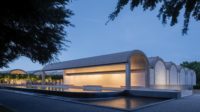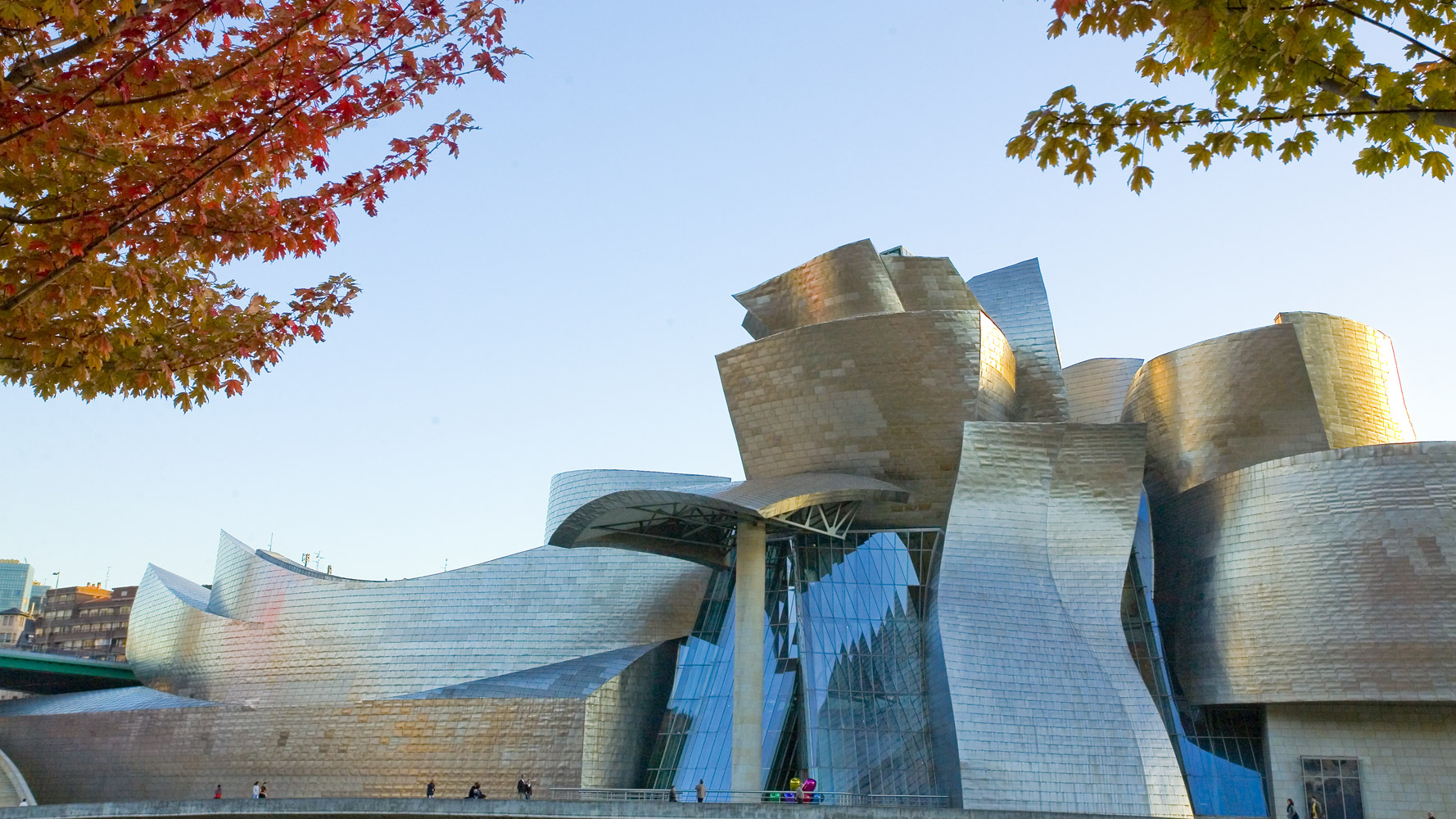Still Remarkably Fresh, Frank Gehry’s Bilbao Guggenheim Turns 25

The Guggenheim Museum Bilbao. Courtesy FMGB Guggenheim Bilbao Museoa
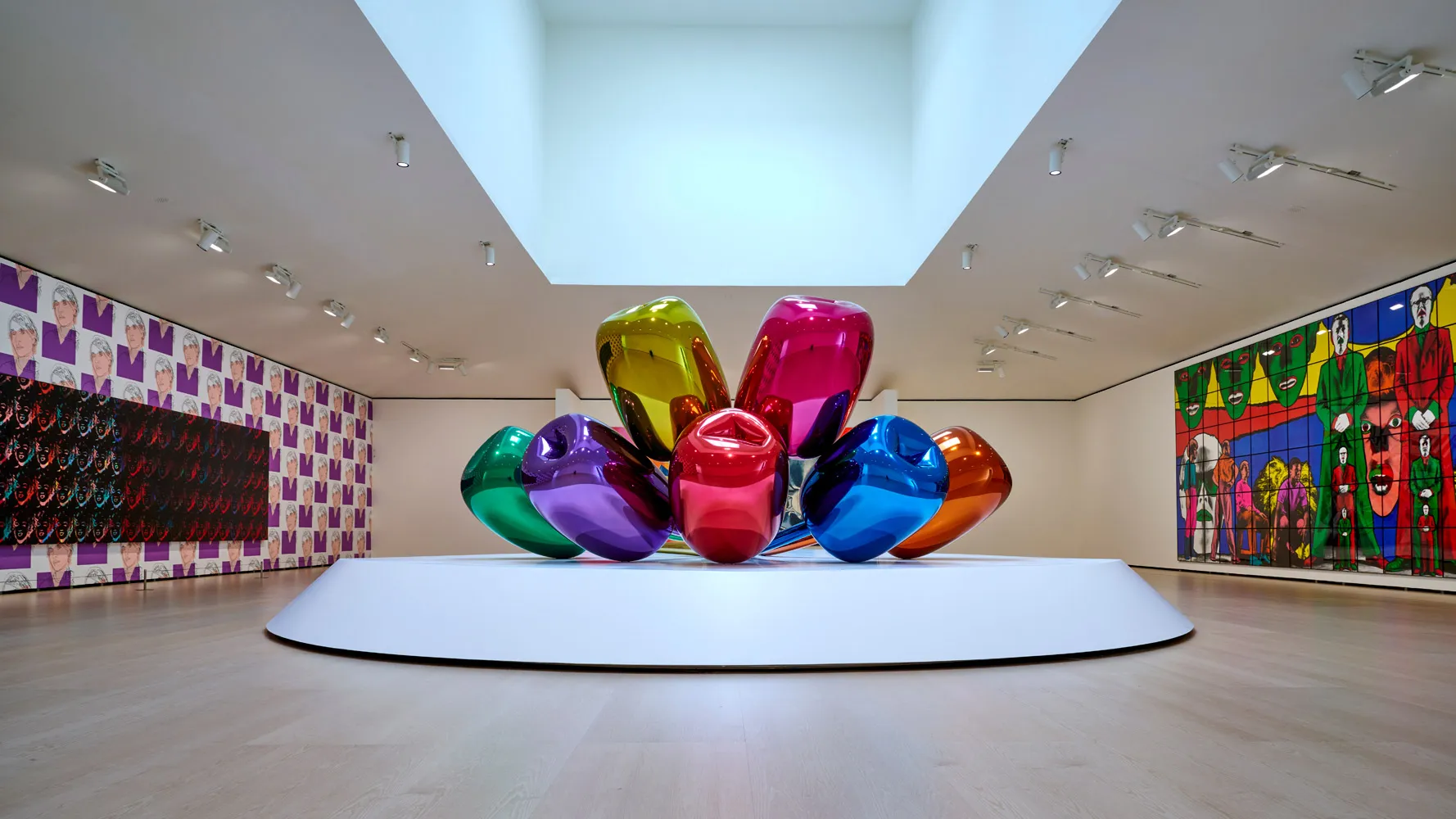
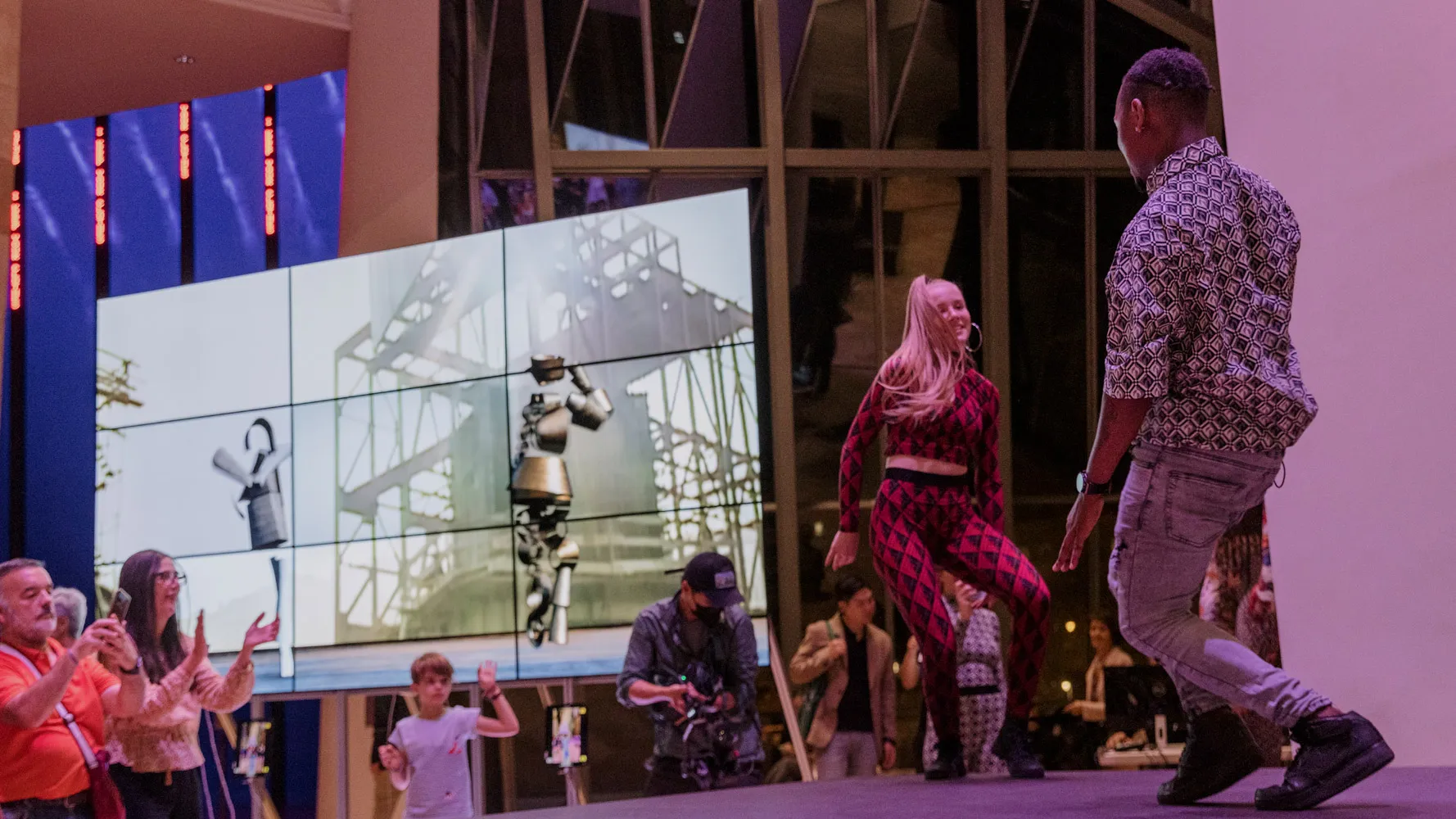
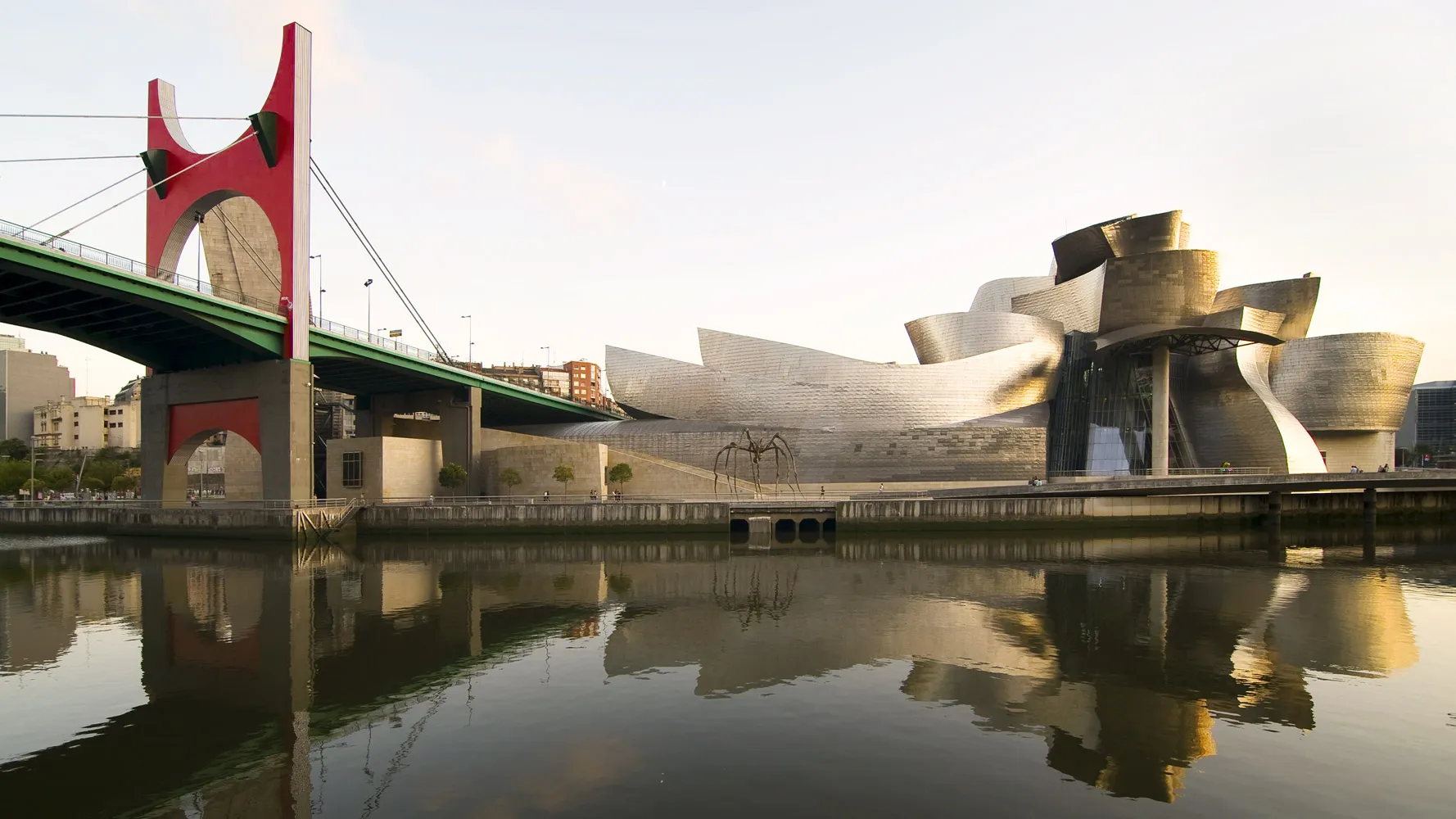
The Guggenheim Museum Bilbao. Courtesy FMGB Guggenheim Bilbao Museoa




Architects & Firms
It’s hard to believe, but the Guggenheim Bilbao just turned 25 this October. The building that embodied a new architectural paradigm, that helped change the face of its rustbelt host city—the now much sought-after “Bilbao effect”—and that made Frank Gehry a household name, still appears remarkably fresh today, bar a couple of dated interior-design decisions (the '90s really were the age of beige as beige stone and similarly-colored veneer covers much of the museum). To mark the anniversary, a gala dinner was held in Gehry’s presence, and a special performance, Dance of the Mutating Materialities, put on for museum members by Argentine artist and choreographer Cecilia Bengolea. Alongside giant screens showing archive footage of the building’s construction, enhanced with dancing digital avatars shaking their thing on the swinging steel I-beams (each one represented a material—alabaster, titanium, etc.), she got the soaring main atrium boogying to the soundtrack of DJ Pappi’s Jamaican beats, a way of “recomposing institutional visual narratives” and “eroding the divisions between bodies, materials, artworks, the museum, dance, and partying,” according to curator Maite Borjabad López-Pastor, who commissioned the piece.

Argentine artist and choreographer Cecilia Bengolea's Dance of the Mutating Materialities. Photo © Oier Rey, FMGB Guggenheim Bilbao Museoa, 2022
The museum has also put on a special exhibition to mark its quarter century, in which, for the first time ever, the entire building is given over to works from the Guggenheim Bilbao’s own collection (rather than loan works from the mother museum in New York or from other institutions). Moreover, as Borjabad explains, this anniversary show “allows visitors to see the museum as no one has ever seen it before.” Gehry Partners designed a building flooded with daylight, with numerous skylights, glazed apertures in the facades, and cutaways between floors allowing natural light to descend from the top of the edifice all the way to the bottom. These features were also part of a carefully planned promenade architecturale, which on the one hand disoriented you, and on the other, thanks to the openings, allowed you to reestablish your bearings, discover the architecture as you went along, and to make connections with both the outside and with other galleries on different floors (as well as allowing fortuitous encounters between works exhibited on different levels). Beginning with the very first exhibitions in 1997, the curators, fearful of light damage to the works displayed, began to block up or obscure these openings, building all sorts of giant walls and partitions over the years, to the point where some of the spaces had become rather strange and visually awkward. Much-improved anti-UV films, as well as modern ideas about mixing natural and artificial light, have allowed today’s curators to remove every single one of these accretions for the anniversary exhibition, revealing the building as its architects initially intended it (and as they themselves never even saw it). The result is a revelation, for it turns out that, rather than a series of closed galleries set within a free-form envelope, the Guggenheim Bilbao is in fact one continuous flowing space that espouses the tortuous contours of its “kinetic” exterior.
In an interview with Basque newspaper El Correo, Gehry spoke of how he had tried to introduce a feeling of movement into architecture, in place of the static orthogonal grid, and paid tribute to Thomas Krens, director of the Solomon R. Guggenheim Foundation from 1988 to 2008, describing him as “a strange genius who had a vision.” For even with the hindsight of success, it does indeed seem an extraordinary gamble to have engaged in such an audacious act of brand export in so far-flung a corner of the planet. Gehry also hailed the Basque authorities, since it was after all the regional government that invited the Guggenheim to come to this neglected corner of northern Spain and that put up the $89 million to build the museum. With respect to the Dassault CATIA software that drove design and construction, Gehry told El Correo, “While it would have been possible to build the museum without it, it would have been unimaginably expensive. Computer programs have demystified the manufacturing process—now you can do anything. To me, it seemed obvious that if cars and planes could be built with curves, then other things could too without being more expensive.” A quarter century later, the ubiquity of BIM and of complex geometry in architecture testifies to the prescience of his vision.



